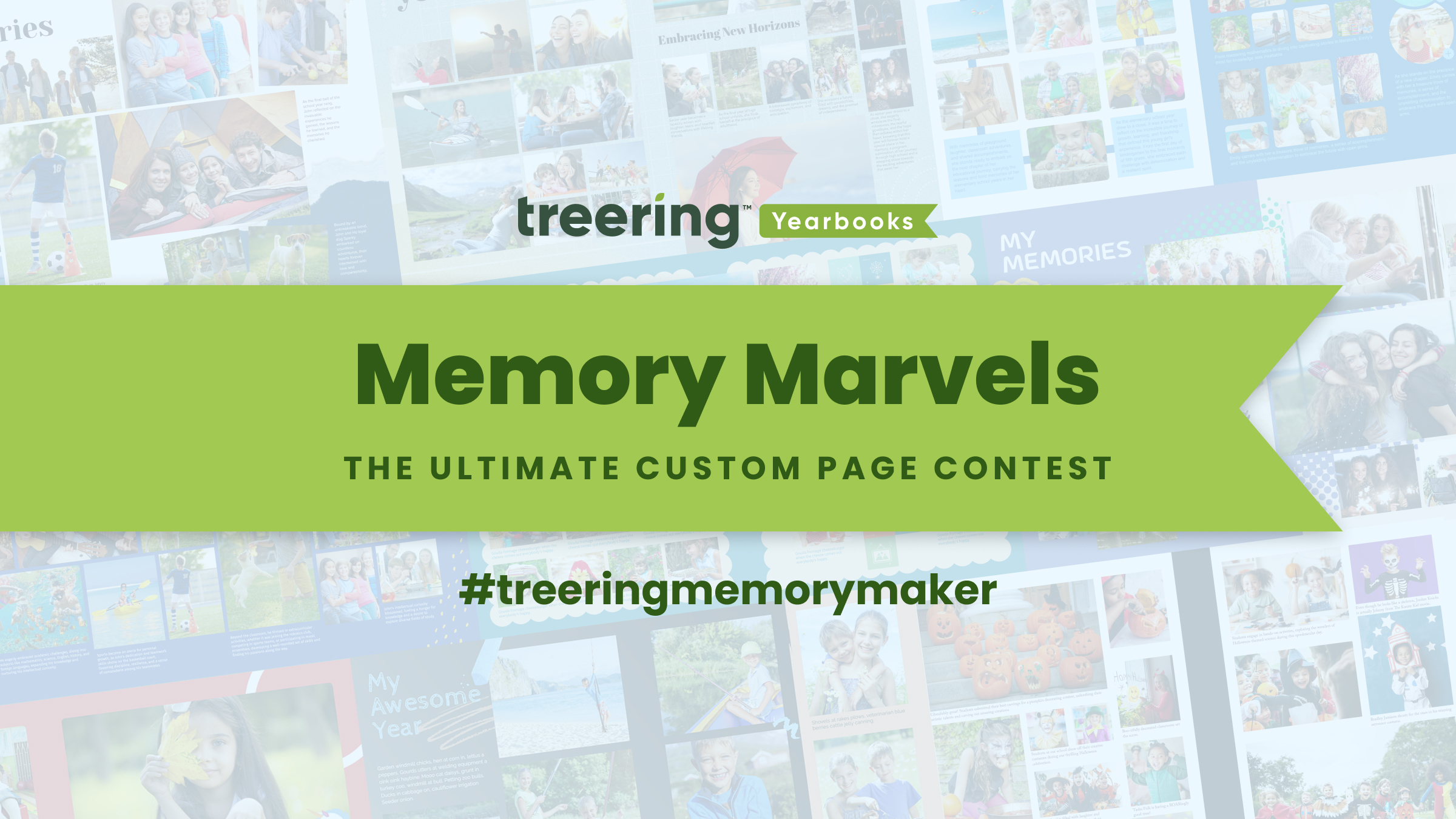A good yearbook staff needs to know how to write a yearbook story, but that can be easier said than done.
After all, writing something that people enjoy reading takes a lot of practice—even more than yearbook design and photography. And by the time you’re done working with your students on all the other aspects of creating a yearbook, well, there’s not a whole bunch of time left to spend practicing how to write a yearbook story.
That’s why we wrote this post.
In it, you’ll learn five easy-to-follow tips you and your yearbook staff can start using to improve all the copy in your yearbook, especially the copy that makes up your yearbook stories. We have pointers on improving headlines, writing ledes, finding your voice, and laying out your yearbook stories.
Before we get to those tips, though, we want to spend a minute on the big reason knowing how to write a yearbook story is important. And that’s this: If you overlook your yearbook copy in favor of bold designs and strong photos, your yearbook is incomplete.
That’s because your written yearbook stories put memories in context. They tie your narrative together. They make readers want to spend more time on your pages. They make readers revisit your yearbook over time.
Let’s get on with those tips, then, shall we?
5 Tips for How to Write a Yearbook Story
#1: Power Up Your Headline
A strong headline can make or break your yearbook story. Headlines draw readers in with a promise or a bold claim. They hold attention and create anticipation.
The best yearbook story headlines are:
- Short – they quickly summarize the content to come
- Specific – they tell readers exactly what to expect
- Standalone – they make a statement on their own
- Special – they are unique, powerful and interesting
Headlines have the power to transform a mediocre story into something truly spectacular. For example, instead of using a straightforward headline such as:
The Blue Hawks’ Memorable Season
Add excitement with a headline that pops:
The Blue Hawks Swoop In For an End-of-Season Win!
The second option ups the emotion while giving readers a reason to find out more about how the Blue Hawks overcame challenges during the season.
You can even try to switch up the format of your story by using a “list headline”, such as:
5 Times the Blue Hawks Surprised Fans This Season
Or:
10 Reasons We Love Cheering for Our Blue Hawks
Your yearbook story’s headline not only sets reader expectations, but also sets the tone for your following narrative. Which leads us to …
#2: Take A Strong Lede
Lede is a journalism term for the opening section of a news story. (Need a primer on yearbook terms? Check out this blog post and interactive quiz to keep fresh.) Reporters start their articles with the most critical information, enticing readers to continue and ensuring readers grasp the story’s main message.
Think about this when you write your yearbook story’s introduction. The beginning of your story should:
- Deliver on the promise made in your headline
- Give readers the critical information they need
- Introduce action, conflict or emotion
- Prompt readers to continue to learn more
Need an example? Go back to the lede of this blog post. In it, we tell you exactly why yearbook story content is critical, and how this article will help you write better stories. (If you’re reading this right now, our lede worked!)
#3: Be an Active Writer
To write active and entertaining yearbook stories, you need to use active and entertaining language. And this means writing in the active voice.
For those who need a refresher, active voice is when the subject of a sentence is doing the action, while passive voice is when the subject of a sentence is being acted upon.
An example of passive voice:
The team was cheered on by hundreds of fans.
This sentence falls flat, because the fans are acting upon the subject (the team). It’s easy to switch to active voice, however:
Hundreds of fans cheered on the team.
In this new sentence, the subject of the sentence (hundreds of fans) performs the action.
Another way to keep your writing active is to use strong verbs. Verbs are words used to describe an action – and they can be strong or weak. “To be” verbs such as “am, is, are, was, were” often weaken a sentence.
Here’s an example of a weak verb at play:
The debate team is responsible for researching their topics.
Here’s the same sentence, using a strong verb:
The debate team investigates their topics.
Strong verbs convey more meaning than weak verbs, and help bring a yearbook story to life.
#4: Give It Some Voice
Quotes and testimonials from students, parents, faculty and staff are great ways to bring both personality and personal meaning to your yearbook stories.
Whenever possible, include statements from the individuals who were directly involved in the stories you’re recapping.
- Interview the swimming star on her big win.
- Ask a science student about his favorite experiment.
- Talk to a teacher about how her students changed over the year.
These individual moments will give your yearbook stories more context and emotion.
#5: Design Your Yearbook Copy
While you may think of copy and design as two separate entities, design plays an important role in your copy’s readability.
The right fonts, layout and sentence structure all work together to move a reader easily and comfortably through a yearbook story.
Here are some ways to better design your content:
- Keep sentences and paragraphs short.
- Cut out unnecessary words.
- Add subheads to divide stories into sections.
- Break up text with call-out quotations or facts.
- Use bullet points to list short moments or stories.
- Keep fonts simple – select one font style for headlines and one for body copy.
Finally, in both content and general page design, be aware of white space. Don’t fill every blank spot with text or imagery; let your story breathe.
When it comes to creating a yearbook, knowing how to write a yearbook story is important stuff.
Even if great writing takes a lot of practice, there are some easy-to-follow tips that will get you closer by the day. Follow them, and take time to write focused, meaningful and engaging yearbook stories. You’ll end up with a stronger picture of your school year.






